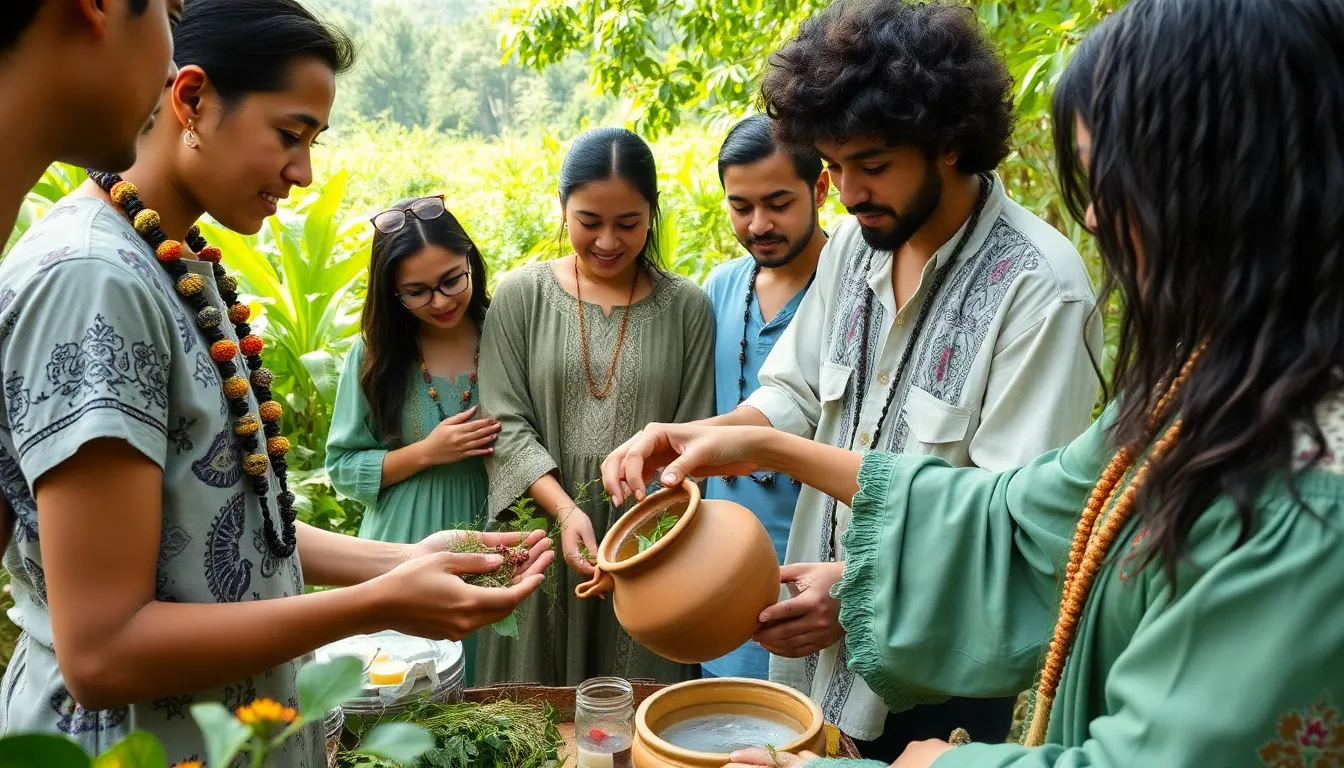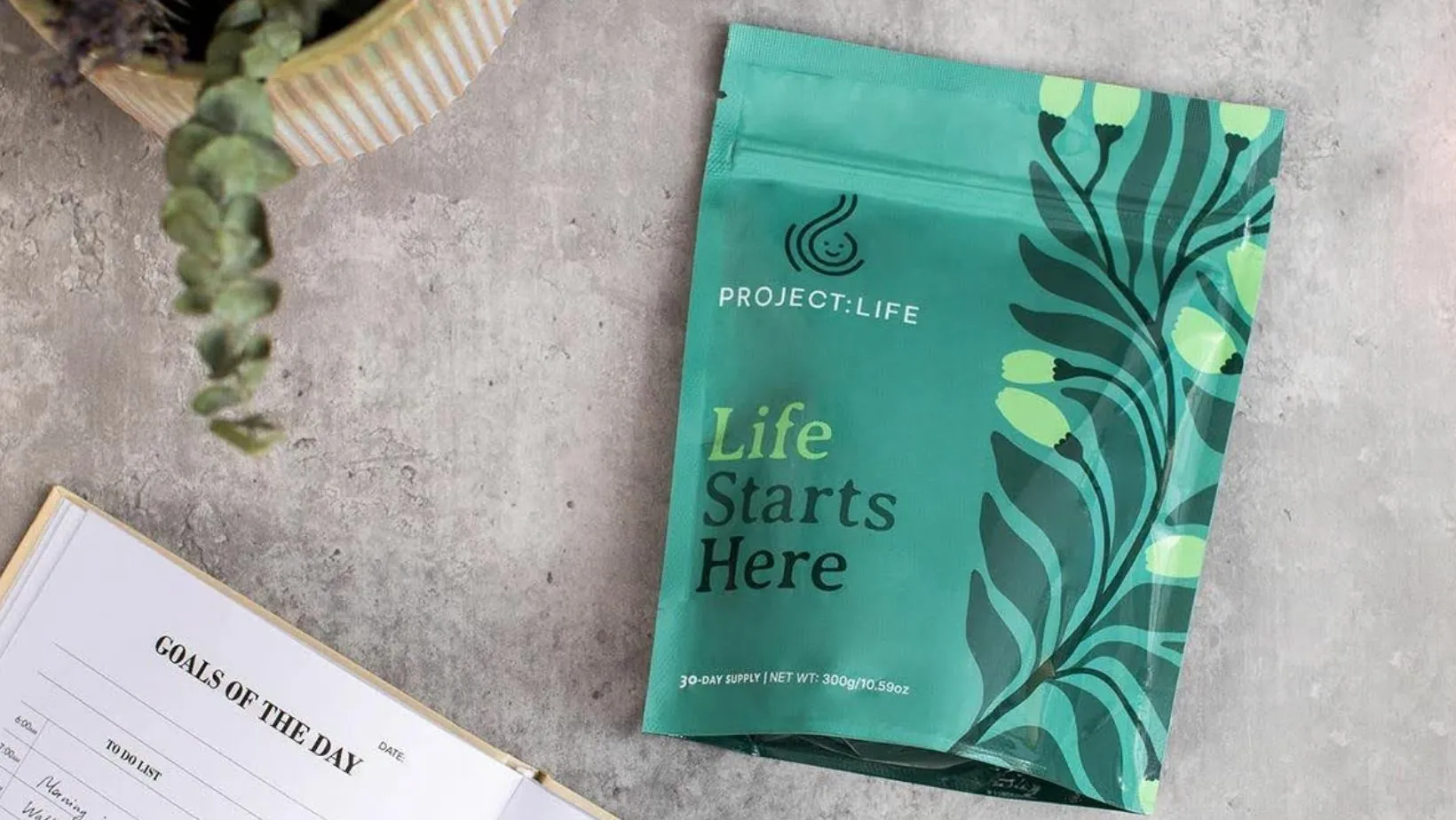Table of Contents
ToggleIn a world where modern medicine reigns supreme, traditional healing quietly works its magic, often overlooked but oh-so-effective. Imagine swapping your prescription pills for herbal remedies and age-old rituals that have stood the test of time. While your friends are busy Googling their symptoms, you could be sipping on a soothing herbal tea, channeling your inner shaman, and feeling like a wellness guru.
Traditional healing isn’t just about band-aids and potions; it’s a holistic approach that taps into the body’s natural ability to heal. From acupuncture to Ayurvedic practices, these ancient methods offer a treasure trove of benefits that modern science is just beginning to uncover. So why not take a step back, embrace the wisdom of the ancients, and discover how traditional healing can transform your health journey? Trust us, your body will thank you—eventually.
Overview of Traditional Healing
Traditional healing encompasses a variety of practices rooted in ancient cultural beliefs. Various cultures around the world, such as Ayurveda in India and Traditional Chinese Medicine, have developed unique methods to address health concerns. Practitioners utilize herbal remedies, acupuncture, and rituals to facilitate healing, emphasizing a holistic approach to wellness.
Herbal remedies often play a central role in traditional healing. Plants like turmeric and ginger provide numerous health benefits and support the body’s natural defenses. Many individuals find that these remedies are effective for treating conditions ranging from inflammation to digestive issues.
Acupuncture stands out as a prominent traditional healing practice. This technique involves inserting thin needles into specific points on the body to balance energy flow. Research indicates that acupuncture may alleviate pain and promote relaxation, attracting more people to explore its benefits.
In addition to physical treatments, traditional healing often incorporates spiritual components. Many cultures believe that emotional and spiritual well-being directly affects physical health. Guided meditation, prayer, and rituals can enhance the healing process by addressing these intertwined aspects of health.
Integrating traditional healing with modern medicine presents a promising avenue for improved health outcomes. Patients often report increased satisfaction and better overall health when combining these methods. Recognizing the value of traditional techniques, healthcare providers are increasingly open to incorporating them into treatment plans.
Embracing traditional healing might offer individuals a comprehensive approach to maintaining health. It encourages personal empowerment, enabling individuals to take an active role in their wellness journey.
Historical Context

Traditional healing practices have deep roots that span thousands of years, often intertwined with ancient cultural beliefs. These methods focus on holistic health, combining physical, emotional, and spiritual well-being.
Origins of Traditional Healing Practices
Origins of traditional healing can be traced back to ancient civilizations. Many cultures relied on herbal remedies and spiritual rituals to address health issues. For example, Ayurvedic medicine emerged in India over 3,000 years ago, emphasizing balance among body, mind, and spirit. Additionally, Ancient Egyptians practiced medicine that involved herbal treatments and rituals invoking deities for healing. Indigenous cultures around the world utilized local plants and spiritual guides to promote wellness, showcasing the universal nature of these practices.
Evolution Through Cultures
Evolution through cultures illustrates how traditional healing adapts over time. As societies develop, different healing practices emerge, influenced by geography, resources, and cultural exchanges. Traditional Chinese Medicine, with its roots in ancient China, expanded through trade routes, incorporating diverse elements such as acupuncture and herbalism. African healing traditions include community involvement and ancestral connections, emphasizing a collective approach to wellness. Additionally, Western herbalism has evolved, integrating knowledge from various cultures while adapting to modern approaches. This ongoing evolution highlights the enduring relevance of traditional healing in promoting health across generations.
Key Components of Traditional Healing
Traditional healing encompasses various essential elements that contribute to holistic wellness. This approach integrates physical, emotional, and spiritual dimensions to promote health.
Herbal Remedies
Herbal remedies serve as foundational components in traditional healing. Plants such as turmeric, ginger, and garlic play significant roles in addressing health issues. Turmeric contains curcumin, known for its anti-inflammatory properties. Ginger helps alleviate digestive discomfort and nausea. Garlic offers cardiovascular benefits and boosts the immune system. These natural solutions attract attention, highlighting their effectiveness in treating ailments where modern medicine may fall short. The diversity of herbs used across cultures showcases the wealth of knowledge passed down through generations.
Spiritual Practices
Spiritual practices are integral to traditional healing, emphasizing the mind-body connection. Meditation, prayer, and mindfulness techniques facilitate emotional balance and promote relaxation. Various cultures incorporate ceremonies that honor spiritual beliefs, reinforcing community ties and individual well-being. Energy healing methods, such as Reiki or Qi Gong, address emotional blockages and enhance inner peace. Mental clarity is often achieved through these practices, resulting in improved overall health. By acknowledging the spiritual aspect of healing, individuals can experience more profound transformations.
Rituals and Ceremonies
Rituals and ceremonies hold significant importance in traditional healing. They often serve as markers for life events, such as birth or healing. These practices foster a sense of community, offering support during times of change. Gathering to perform specific rituals strengthens bonds within communities. Many cultures incorporate elements such as music, dance, and sacred objects, enhancing the healing experience. Rituals create safe spaces for individuals to express emotions and facilitate healing processes. Ultimately, these components underscore the holistic approach characteristic of traditional healing practices.
Benefits of Traditional Healing
Traditional healing offers various benefits that can significantly improve health outcomes. These holistic practices address physical, mental, and emotional well-being, providing a comprehensive approach to health.
Physical Health Benefits
Physical health can improve through traditional healing methods. Herbal remedies like turmeric and ginger demonstrate effectiveness in reducing inflammation and alleviating digestive issues. Acupuncture, another key practice, may relieve chronic pain and promote relaxation. Research indicates that these methods enhance the body’s natural healing processes. Integrating these remedies with modern treatments might lead to better overall health.
Mental and Emotional Well-being
Mental and emotional health gains recognition in traditional healing practices. Spiritual practices such as meditation help foster emotional balance and reduce stress levels. Studies show that holistic approaches strengthen the mind-body connection. Rituals and community support often accompany healing practices, creating a sense of belonging. This connection plays a vital role in enhancing mental resilience and overall well-being. Engaging with traditional healing fosters personal empowerment, positively affecting emotional health.
Challenges and Criticisms
Traditional healing faces several challenges and criticisms, often rooted in misconceptions and the integration with modern medicine.
Misconceptions About Traditional Healing
Misconceptions frequently undermine the credibility of traditional healing. Many believe these methods lack scientific backing or effectiveness. Critics argue that anecdotal evidence does not equate to proven results. They also question the safety of herbal remedies, citing potential interactions with pharmaceuticals. Conversely, proponents emphasize the historical foundation and longevity of these practices, showcasing their acceptance in many cultures. Educating the public about the scientific studies that validate certain traditional methods can address these misconceptions and foster greater acceptance.
Integration with Modern Medicine
Integration with modern medicine presents both opportunities and challenges. Many healthcare professionals exhibit skepticism regarding traditional methods, often viewing them as alternatives rather than complements. A lack of collaboration between practitioners of traditional healing and modern doctors sometimes impedes a holistic approach to patient care. However, successful case studies demonstrate the benefits of combining traditional practices with conventional treatments, such as acupuncture easing chronic pain alongside prescribed medications. Creating interdisciplinary teams can enhance healthcare outcomes by blending traditional wisdom with modern scientific practices.
Traditional healing offers a rich tapestry of practices that have stood the test of time. By integrating these age-old methods with modern medicine, individuals can harness the strengths of both worlds. This holistic approach not only addresses physical ailments but also nurtures emotional and spiritual well-being.
As awareness of traditional healing grows, it’s essential to remain open to its benefits while also advocating for scientific validation. Embracing these practices can empower individuals to take charge of their health, fostering a deeper connection to their bodies and communities. The journey toward optimal wellness may well lie in the harmonious blend of tradition and innovation.







